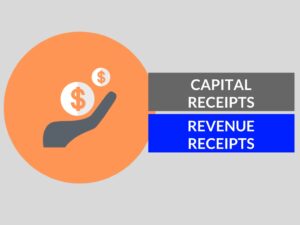Difference Between Invoice and Receipt
In the world of business transactions, understanding the difference between an invoice and a receipt is essential. These documents play a crucial role in the financial operations of a company. In this article, we will explore what invoices and receipts are, their uses, and the key differences between them.
What is an Invoice?
An invoice is a document issued by a seller to a buyer, indicating the details of products or services provided and the amount due for payment. It serves as a formal request for payment.
Examples of Invoices:
1. A freelance graphic designer sends an itemized invoice to a client for the design work completed.
2. An online retailer includes an invoice in the package sent to a customer after purchasing products.
Uses of Invoices:
1. Requesting payment for goods or services
2. Providing a detailed record of the transaction
What is a Receipt?
A receipt is a document issued by a seller to a buyer as proof of payment made for products or services. It serves as a confirmation that a transaction has taken place.
Examples of Receipts:
1. A customer receives a printed receipt after paying for a meal at a restaurant.
2. An online shopper receives an email receipt after making a purchase on an e-commerce website.
Uses of Receipts:
1. Providing evidence of payment
2. Keeping a record of the transaction for both buyer and seller
Differences Between Invoice and Receipt
| Difference Area | Invoice | Receipt |
|---|---|---|
| Issued by | The seller | The seller |
| Timing | Before payment | After payment |
| Purpose | To request payment | To acknowledge payment |
| Legal requirement | May be required for tax purposes | May be required for tax purposes |
| Content | Includes payment due amount | Includes payment received amount |
| Format | Can be customized by the seller | Typically standardized |
| Delivery | Often sent to the buyer | Given to the buyer |
| Legal implications | May act as a contract between buyer and seller | No legal implications |
| Primary focus | Payment request | Payment confirmation |
| Usage | Multiple invoices can be issued for different products/services | Single receipt issued for a complete transaction |
Conclusion:
In summary, invoices are issued before payment to request payment, while receipts are issued after payment to confirm payment. The key differences between invoices and receipts include their timing, purpose, content, and legal implications. Understanding these differences is crucial for efficient financial management and record-keeping.
People Also Ask:
Q: What is the importance of invoices and receipts in business transactions?
A: Invoices and receipts provide a transparent record of financial transactions, help in tracking payments, and serve as proof of payment or request for payment.
Q: Can an invoice be used as proof of payment?
A: No, an invoice is a request for payment and does not serve as proof of payment. A receipt is generally used as proof of payment.
Q: Are invoices and receipts legally binding documents?
A: Invoices can sometimes be considered legally binding if they include terms and conditions that are agreed upon by both parties. Receipts, on the other hand, do not have legal implications beyond serving as proof of payment.
Q: Are there different types of invoices and receipts?
A: Yes, there are different types of invoices, such as proforma invoices and credit memos. Receipts can also vary depending on the nature of the transaction, such as sales receipts or rental receipts.
Q: Can invoices and receipts be generated electronically?
A: Yes, with the advancements in technology, invoices and receipts can be generated and sent electronically, either through email or online platforms.


